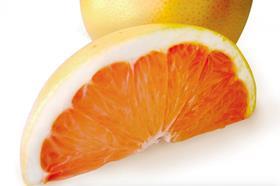
Florida citrus growers who plan to establish new groves might want to consider high-density planting, according to experts with the Citrus Research and Education Center in Lake Alfred, part of the University of Florida Institute of Food and Agricultural Sciences (UF/IFAS).
Wider spacing between trees and rows was common decades ago but, with yields down and input costs up, such low-density plantings are less likely to be profitable.
The yield declines and cost increases are consequences of the bacterial disease Huanglongbing, also known as HLB or citrus greening, said Michael Rogers, director of the Lake Alfred center.
'In the age of HLB, it costs every grower a great deal more money to produce a box of oranges or grapefruit than it did back in the years when many of our current mature groves were planted,' said Rogers, also a professor with the UF/IFAS entomology and nematology department. 'For this reason alone, we recommend that growers approach the issue of planting density with an open mind.'



